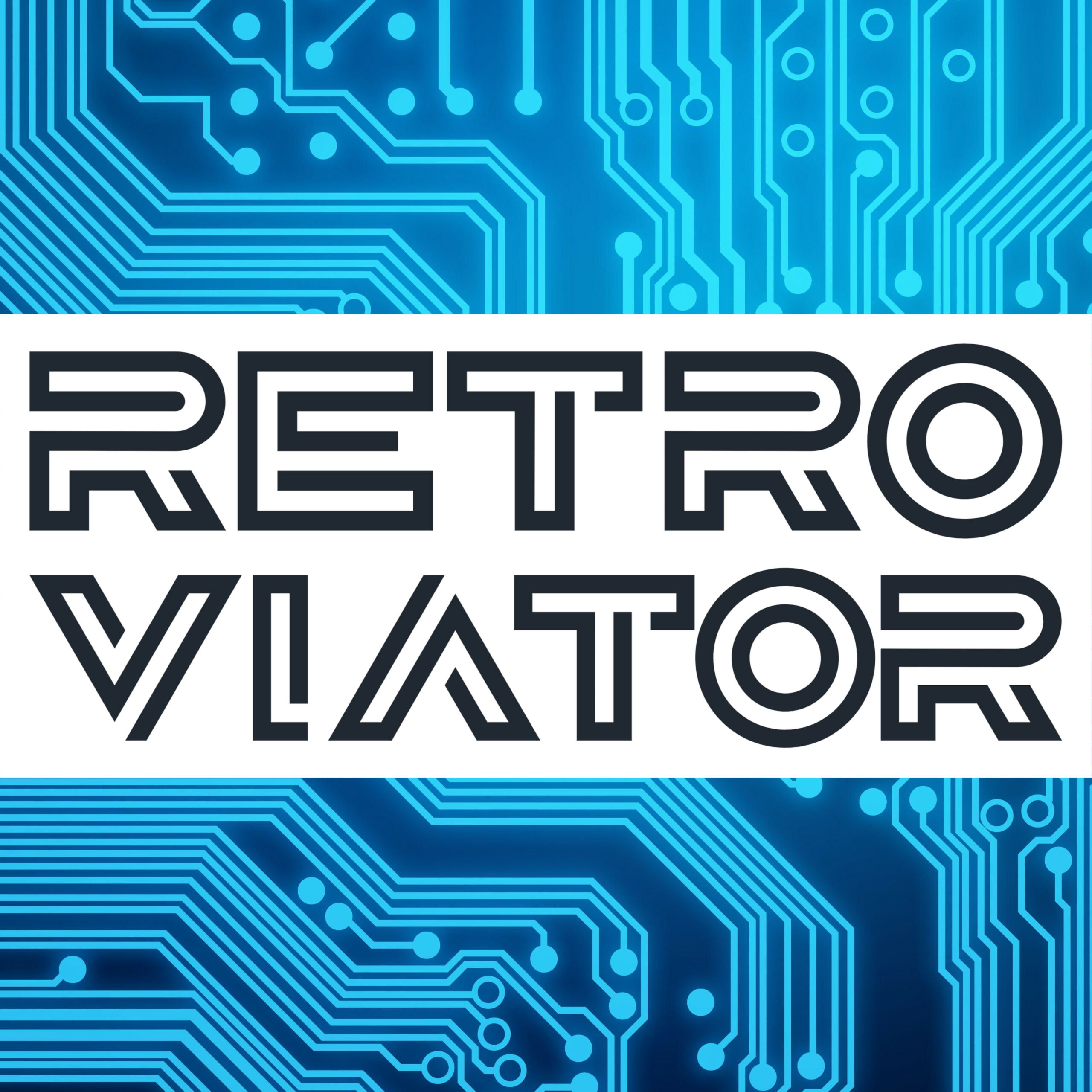The Macintosh LC III is the (not surprisingly) third version of the LC computer introduced in October 1990. The original LC was part of a trio of low-cost Macintosh computers intended to challenge the growing dominance of PCs and also stand up against the Commodore Amiga and Atari ST. The low-cost trio included the Classic, the LC, and the IIsi. The Classic carried on the original Macintosh form factor, replacing the venerable Macintosh SE, and the Macintosh IIsi was a scaled-down Macintosh II. But the LC fit nicely between the two. In its small pizza-box case, it included many of the characteristics of the Macintosh II family, including color graphics, but offered limited expandability. I attended college during the early…
4 CommentsClassic Computer Enthusiast










